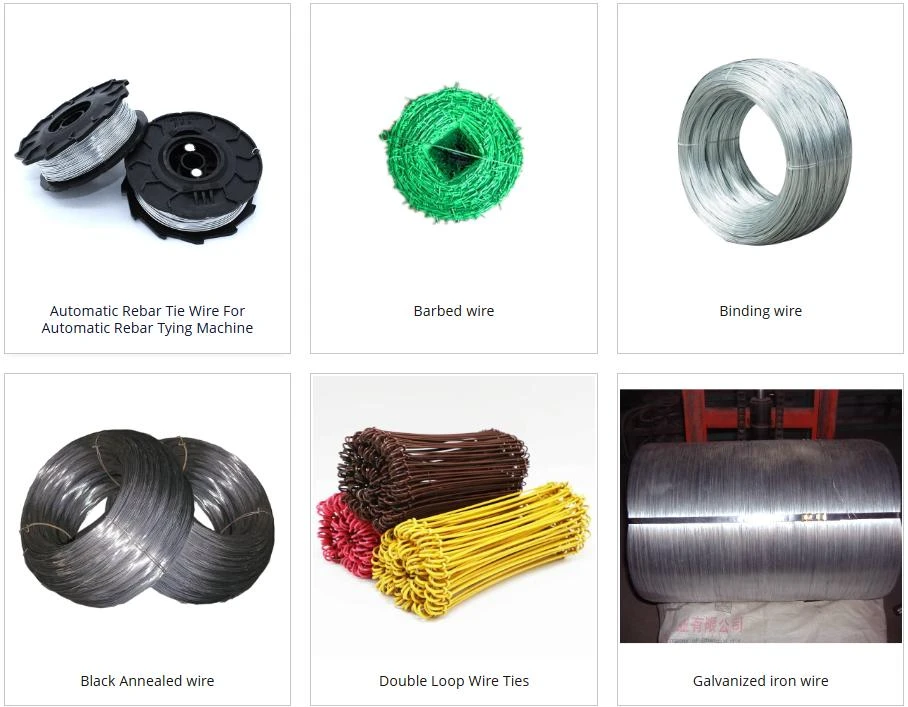
- Mobile Phone
- +8613931874955
- sales@cntcmetal.com
metal torsion spring
Understanding Metal Torsion Springs A Comprehensive Overview
Torsion springs are a specialized type of spring designed to store mechanical energy in the form of torsional (twisting) force. They are unique in their structure, consisting of a body that is designed to resist twisting. One of the standout features of torsion springs is their capability to return to their original shape after being twisted, making them essential in various mechanical applications. This article delves into the characteristics, design process, applications, and advantages of metal torsion springs, showcasing their importance in modern engineering and manufacturing.
Characteristics of Metal Torsion Springs
Metal torsion springs are typically made from high-carbon steel, stainless steel, or music wire, all known for their strength, elasticity, and fatigue resistance. The choice of material is vital, as it must withstand repeated twisting without deforming permanently. The design of a torsion spring involves several critical parameters, including wire diameter, coil diameter, number of coils, and overall spring length. These dimensions directly influence the spring's torque capacity and load-bearing abilities.
Torsion springs function by providing a torque force that can be released as the spring unwinds or unwinds to restore itself to its neutral position. The performance of the spring is defined by Hooke's Law, which states that the torque produced by a torsion spring is directly proportional to the angle of twist applied to it. This property makes torsion springs highly predictable and reliable in their application.
Design Process of Metal Torsion Springs
The design of a torsion spring begins with analyzing the specific requirements of its intended application. Engineers must consider various factors, such as the amount of torque needed, the space available for installation, and the cyclic load the spring will face. Once these parameters are established, they can proceed to select the appropriate material and dimensions.
Advanced software tools are often employed to model the torsion spring's behavior under different loading conditions. These simulations help in optimizing the design before moving to production. It’s also crucial to account for the manufacturing processes, as different methods such as cold coiling or hot coiling can affect the spring's characteristics.
metal torsion spring

Applications of Metal Torsion Springs
Metal torsion springs are found in countless applications across various industries. One of the most common uses is in the automotive sector, where they are employed in devices such as hoods, trunk lids, and seat mechanisms. Their ability to provide controlled resistance makes them ideal for applications requiring stability and balance.
In the realm of consumer products, torsion springs are often used in items such as clipboards, clothespins, and even door hinges, where they enhance functionality and ease of use. Additionally, in the field of machinery, they are essential components in mechanisms such as wind-up toys, valve actuators, and counterbalances, showcasing their versatility.
Advantages of Metal Torsion Springs
The advantages of metal torsion springs are numerous. Firstly, their compact design allows for efficient space utilization, making them ideal for installations where space is limited. Secondly, torsion springs can provide a consistent force over a wide range of motion, delivering predictable performance that is crucial for precision applications.
Moreover, the durability of high-quality metal torsion springs ensures a long service life, reducing the need for frequent maintenance or replacement. Their resilience against fatigue and deformation further enhances their reliability, especially in high-stress environments.
Conclusion
In summary, metal torsion springs play a pivotal role in the design and function of numerous mechanical systems by providing reliable torque and stability. Their unique properties, combined with the precision involved in their design and manufacturing, make them indispensable in various industries. As technology advances, the importance of torsion springs is expected to grow, paving the way for innovative applications and improved designs in the future. Understanding their characteristics and applications not only highlights their current utility but also underscores their potential in shaping the mechanics of tomorrow.
share:
-
Why Sacrificial Formwork Is Redefining Underground ConstructionNewsJun.06,2025
-
The Structural Dynamics of Modern Concrete: How Snake Spacers Revolutionize Flexible ReinforcementNewsJun.06,2025
-
Snake Spacers Smart-Lock Concrete Reinforcement with Surgical PrecisionNewsJun.06,2025
-
Snake Spacers: Reinforcement Precision for Modern Concrete ProjectsNewsJun.06,2025
-
Snake Spacers Powering Concrete's Structural DNANewsJun.06,2025
-
Slither into Success: Snake Spacers' Precision Bite for Unbreakable ReinforcementNewsJun.06,2025
-
Sacrificial Formwork: Building Stronger, Faster, and Safer StructuresNewsJun.06,2025



















